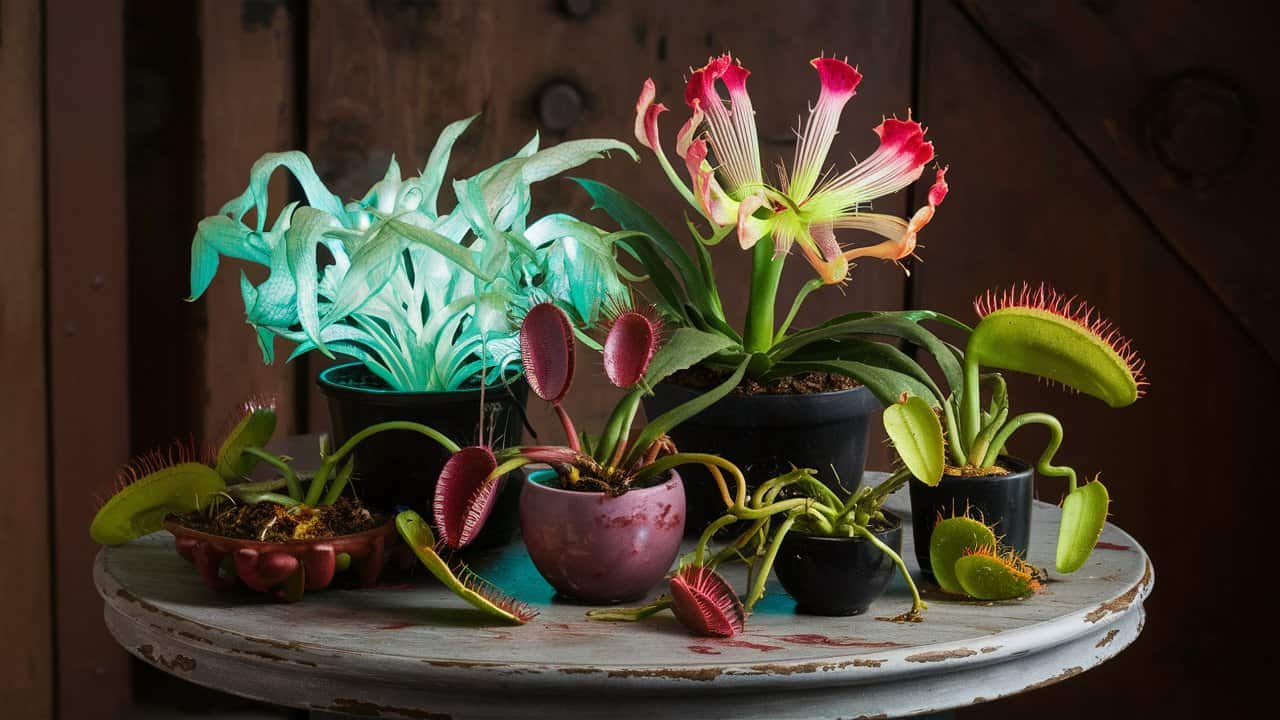Embark on a botanical adventure as we explore 10 extraordinary plants with the most intriguing names found across the globe.
These plants not only captivate with their unique appearances but also with names that spark curiosity and wonder. Perfect for plant enthusiasts and curious minds alike!
1. Corpse Flower
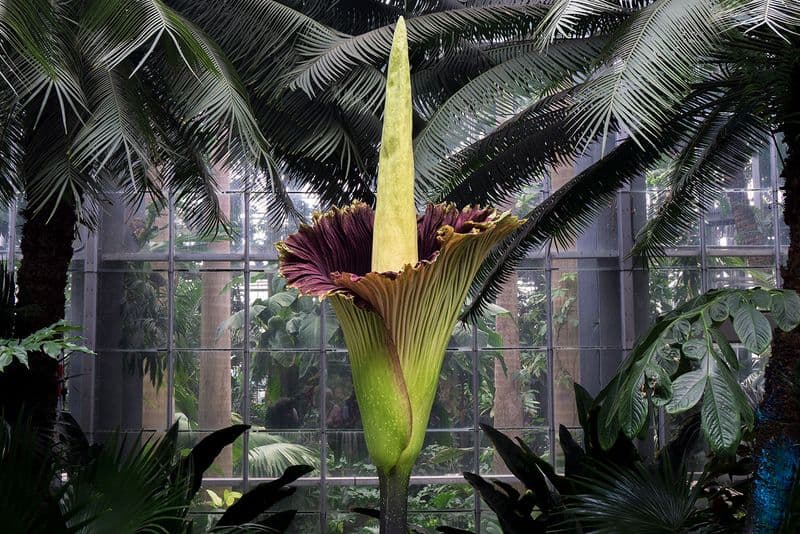
Meet the Corpse Flower, famous for its massive bloom and notorious stench resembling rotting flesh.
Found in the Sumatran rainforests, its rare flowering event attracts botanists worldwide. The flower’s towering structure can reach up to 10 feet, making it a truly unique sight in the plant kingdom.
2. Devil’s Claw
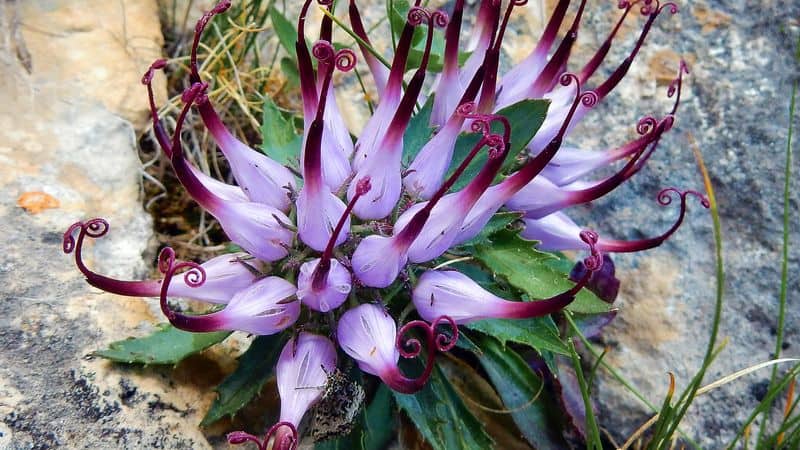
The Devil’s Claw, native to Southern Africa, features long, hooked seed pods that latch onto animals for dispersal.
Its unique adaptation aids in survival in arid environments. Known for its medicinal properties, this plant is used in traditional remedies to alleviate pain and inflammation.
3. Monkey Puzzle Tree
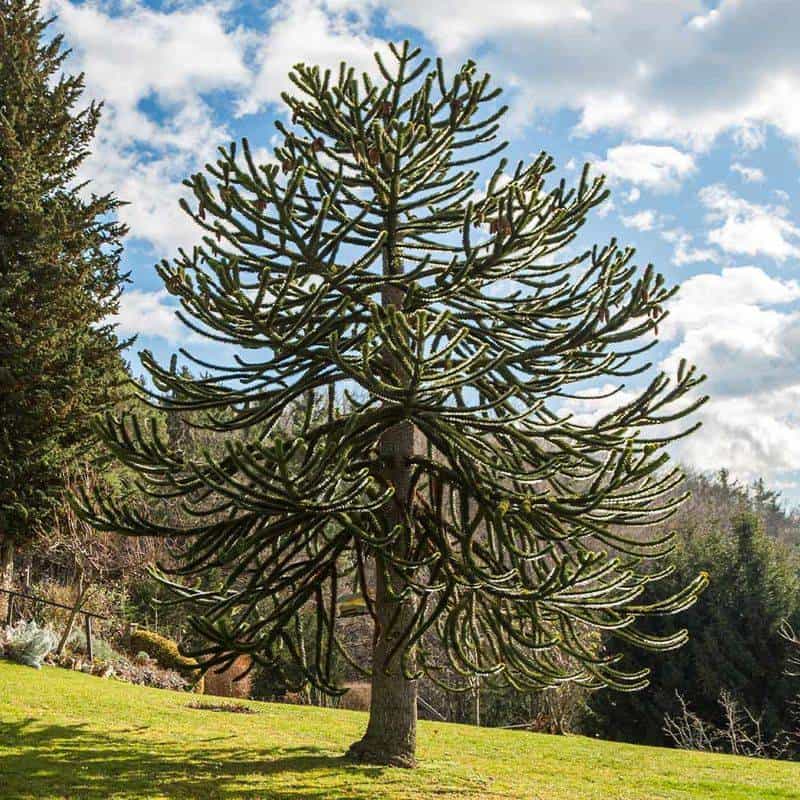
Originating from South America, the Monkey Puzzle Tree is an ancient conifer with spiraling branches. Its sharp, scale-like leaves deter herbivores.
The tree’s name originates from its challenging structure, deemed puzzling even for monkeys to climb, symbolizing nature’s intricate designs.
4. Bleeding Heart
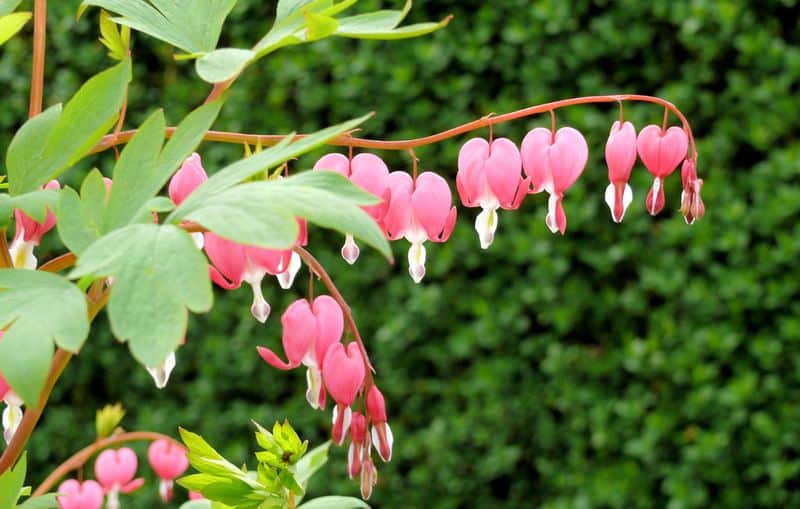
Bleeding Heart plants, adored for their romantic, heart-shaped flowers, showcase pink or white blooms with drooping petals.
Found in Asian woodlands, they add a poetic touch to gardens. Despite their delicate appearance, these plants are hardy perennials that thrive in shaded areas.
5. Venus Flytrap
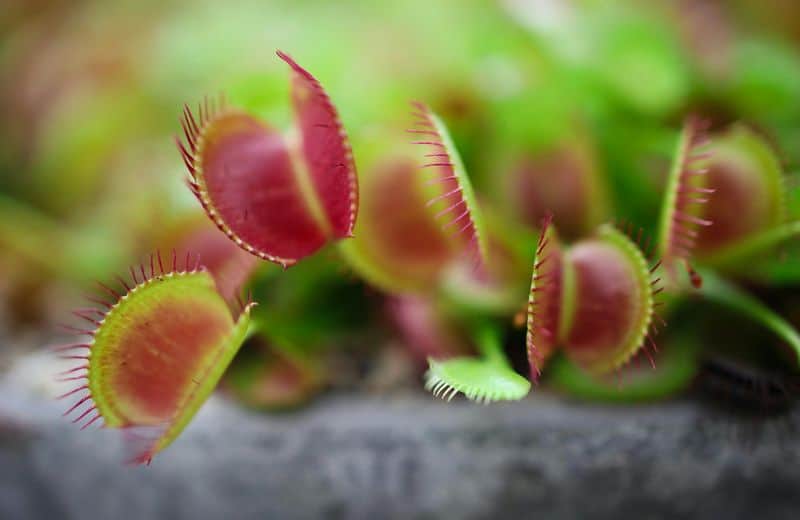
Renowned for its carnivorous appetite, the Venus Flytrap captures insects with its jaw-like leaves.
Found in North and South Carolina, this plant lures prey with nectar. Each leaf snaps shut in milliseconds, showcasing a fascinating blend of plant adaptation and survival instinct.
6. Pitcher Plant
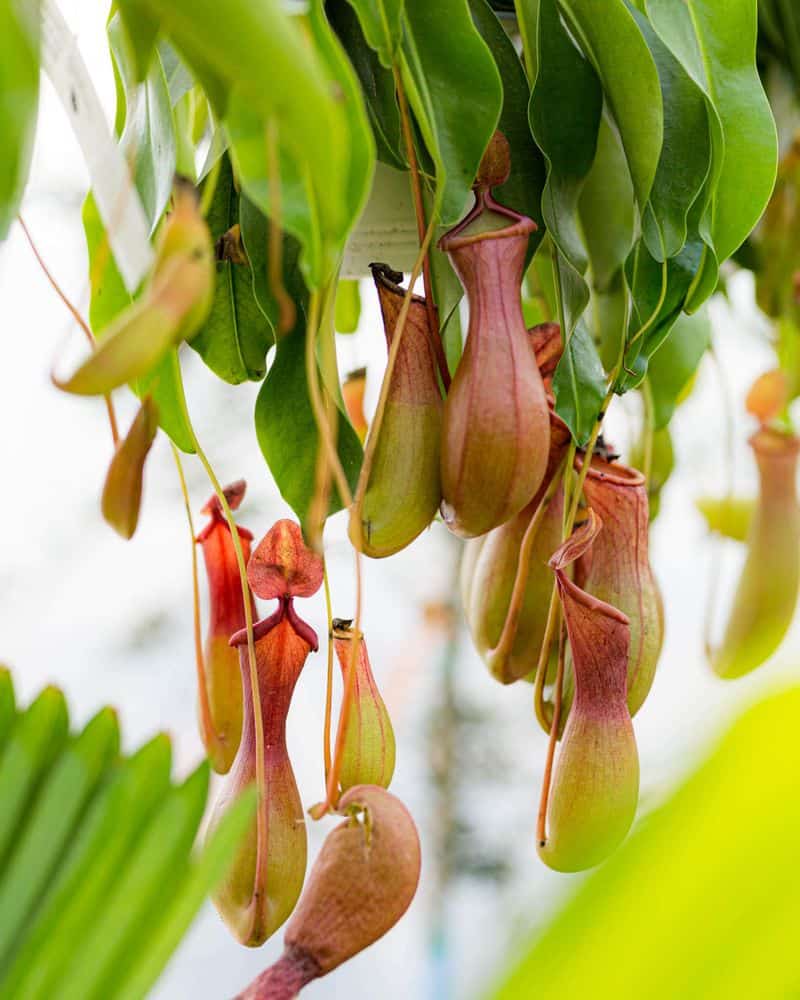
The Pitcher Plant, with its tubular leaves, traps insects in a pool of digestive enzymes. Native to various regions, this carnivorous plant thrives in nutrient-poor soils.
Its vibrant colors and sweet nectar attract unsuspecting prey, turning a simple plant into a deadly predator.
7. Dragon’s Blood Tree
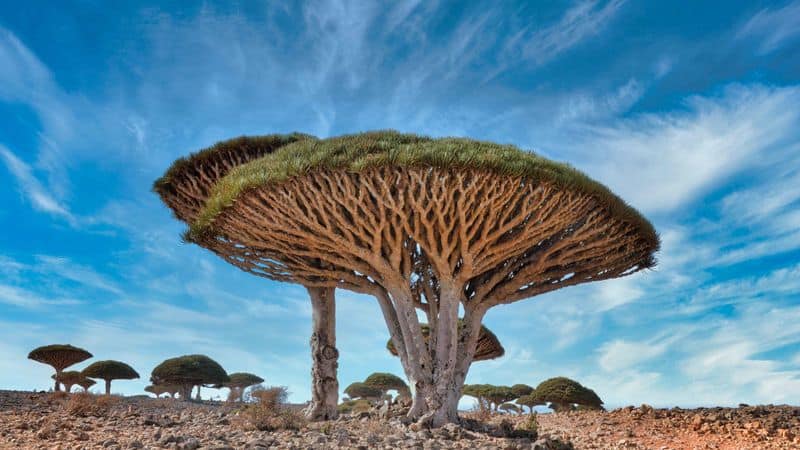
The Dragon’s Blood Tree, endemic to Socotra, Yemen, features an umbrella-shaped canopy and red resin.
This intriguing tree is steeped in myth, with its sap dubbed “dragon’s blood.” The resin is prized for its medicinal and dyeing properties, adding to the tree’s mystical allure.
8. Doll’s Eyes
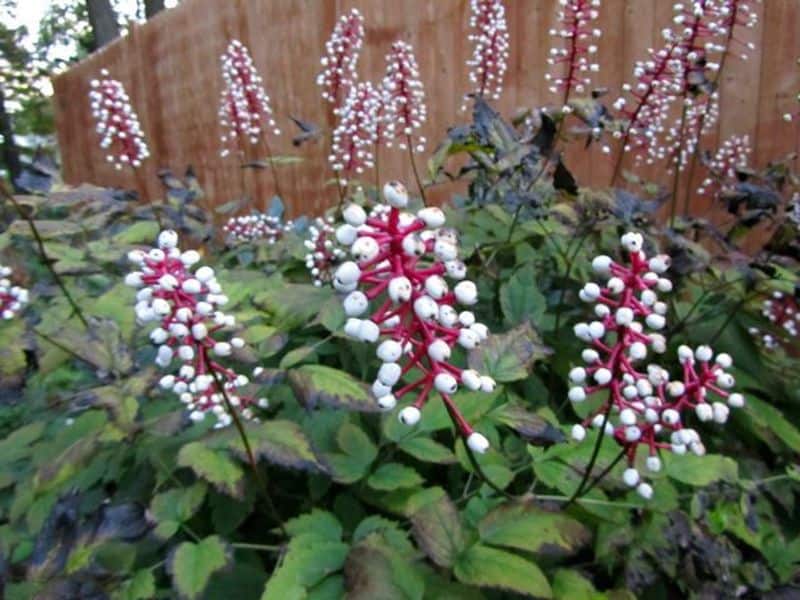
Doll’s Eyes, native to North American forests, are known for their eerie berries resembling eyeballs.
The striking white berries stand out against green foliage, warning of their toxic nature. This plant’s macabre appearance has fascinated botanists and garden enthusiasts alike.
9. Living Stones
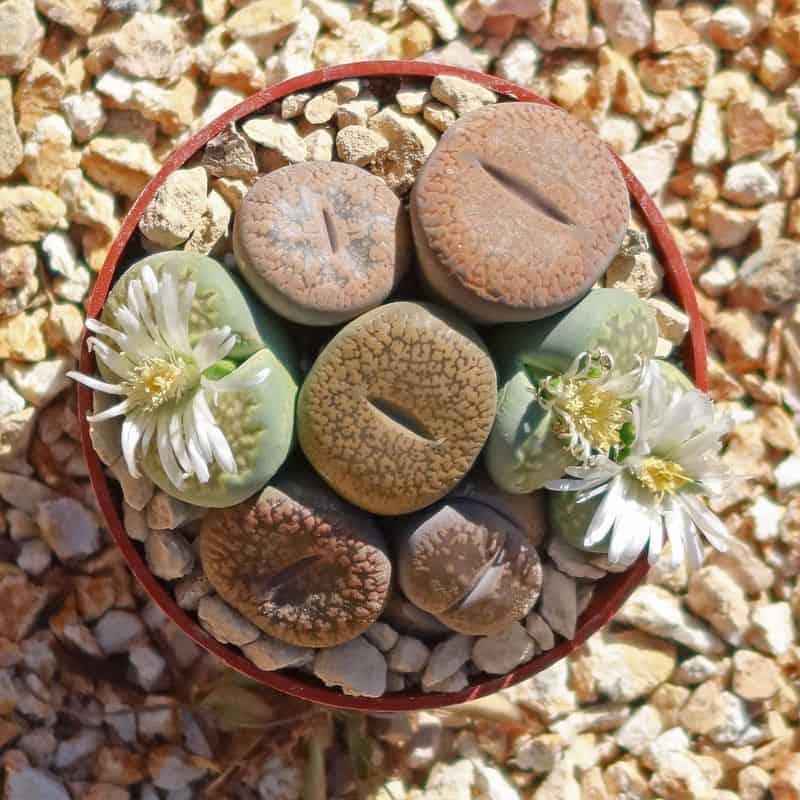
Living Stones, or Lithops, mimic pebbles to evade predators in African deserts. Their camouflaged appearance helps them survive harsh conditions.
These succulents store water in their leaves, blooming with daisy-like flowers. Their intriguing disguise blurs the line between plant and mineral.
10. Ghost Plant
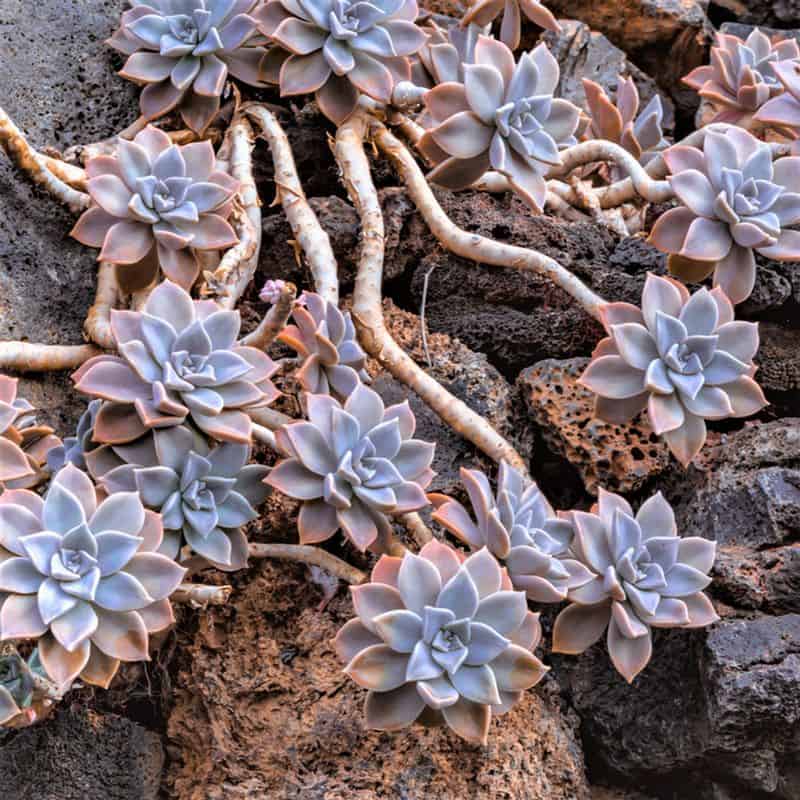
The Ghost Plant, or Indian Pipe, is notable for its ghostly white appearance. Lacking chlorophyll, it derives nutrients from decaying matter.
Found in the dark, damp forests of North America, it offers a glimpse into the intriguing adaptations of nature’s more mysterious flora.

